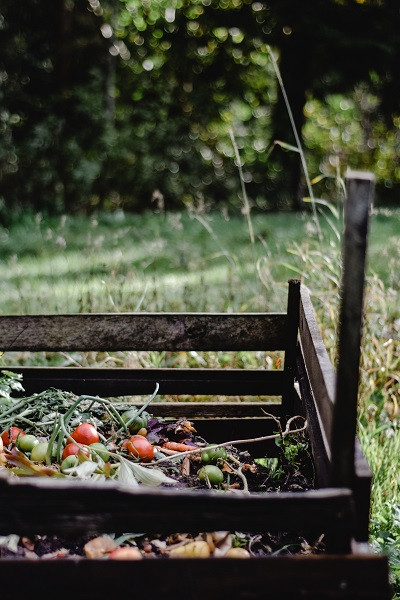
Promoting Composting Australia Wide
30th Apr 2020
Composting is – as you might know if you've been following this blog – our idea of how to save the earth from the pollution crisis we've put it in. However, to do that we need the whole country to embrace it.

Why Compost?
Composting organic waste reduces harmful effects caused when organics end up in landfill. Composting returns nutrients to the soil and diverts organic waste from landfill which reduces greenhouse gases. Between 2016 and 2017, Australians sent 6.7 million tonnes of organic waste to landfill, of which 43% was food waste. For more information on the benefits of composting, click here.
State of Composting Today
Across Australia, states are implementing compost programs. In Australia currently, about 42% of households can access a kerbside organics collection service. South Australia (92% have access) leads in these numbers, followed by New South Wales (60%) and Victoria (56%). Each state government has 'resource recovery targets' for the next decade, usually between 65% and 75%. To achieve these targets, we will have to significantly increase the efficiency of organics recycling. New South Wales has the largest funding program for organics recovery, followed by Victoria. Queensland does not have a specific organics program, but companies can access funding through its Resource Recovery Industry Development Program.
How can we Accelerate Composting in Australia?
Agriculture is the main market for compost, which also contributes to sustainable farming. The National Waste Recycling Industry Council (NWRIC) and the Australian Organics Recycling Association (AORA) have developed a four-part plan to help advance the composting sector.
1. Develop markets for compost
Agriculture is the largest long-term market for compost, which improves soil carbon, provides healthy soils, and promotes sustainable food production. To develop this market we need more coordinated research and action that links organics recycling with the direct benefits of compost. Other key markets for large volumes of compost include mine site rehabilitation and urban redevelopment (highways).
2. Long-term planning for siting and protecting organic recycling facilities
Australia will need new organics recycling facilities to meet state and national recycling targets. To create these we need appropriate sites and surrounding land buffers that are protected for the lifespan of their operation. These sites need a provision in local and state government plans.
3. Reduce contamination in municipal and commercial waste-derived compost
Household and commercial compost can be contaminated with plastics and other non-compostable materials. By improving education, we can reduce this contamination and produce clean compost. It is also important to ensure that all compostable packaging complies with Australian Standards for home composting (AS 5810-2010) and/or industrial composting (AS 4736-2006) and is clearly labelled.
4. Enforcing nationally consistent standards for organics processing outputs
While most manufacturers produce high-quality organic products, the presence of substandard products and facilities can undermine the market and damage consumer confidence, as we have seen with Australia's non-organics recycling. Enforcing the existing standard for composting output, composts, soil conditioners, and mulches is critical.
Information taken from Waste Management Review (2019). Read about the difference between composting and recycling and why we love FSC-certified paper, on our blog.
Planet Friendly Packaging acknowledges the traditional custodians of the land on which we work. Our thoughts go out to everyone affected by COVID-19. Stay safe.

